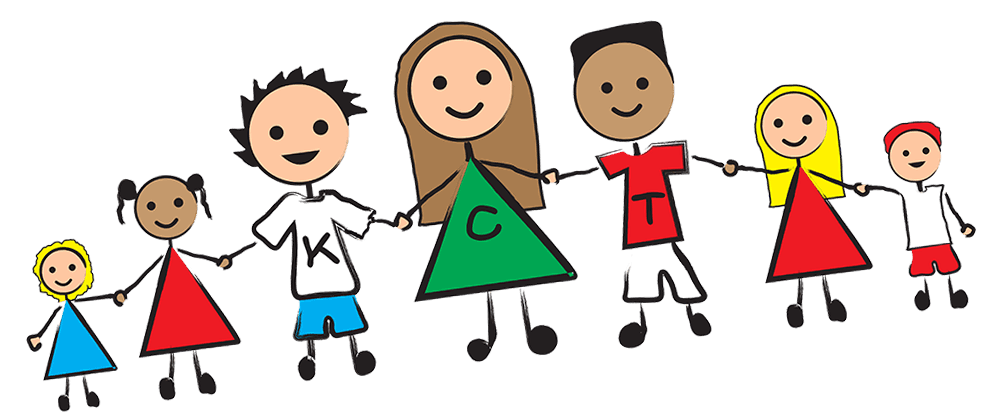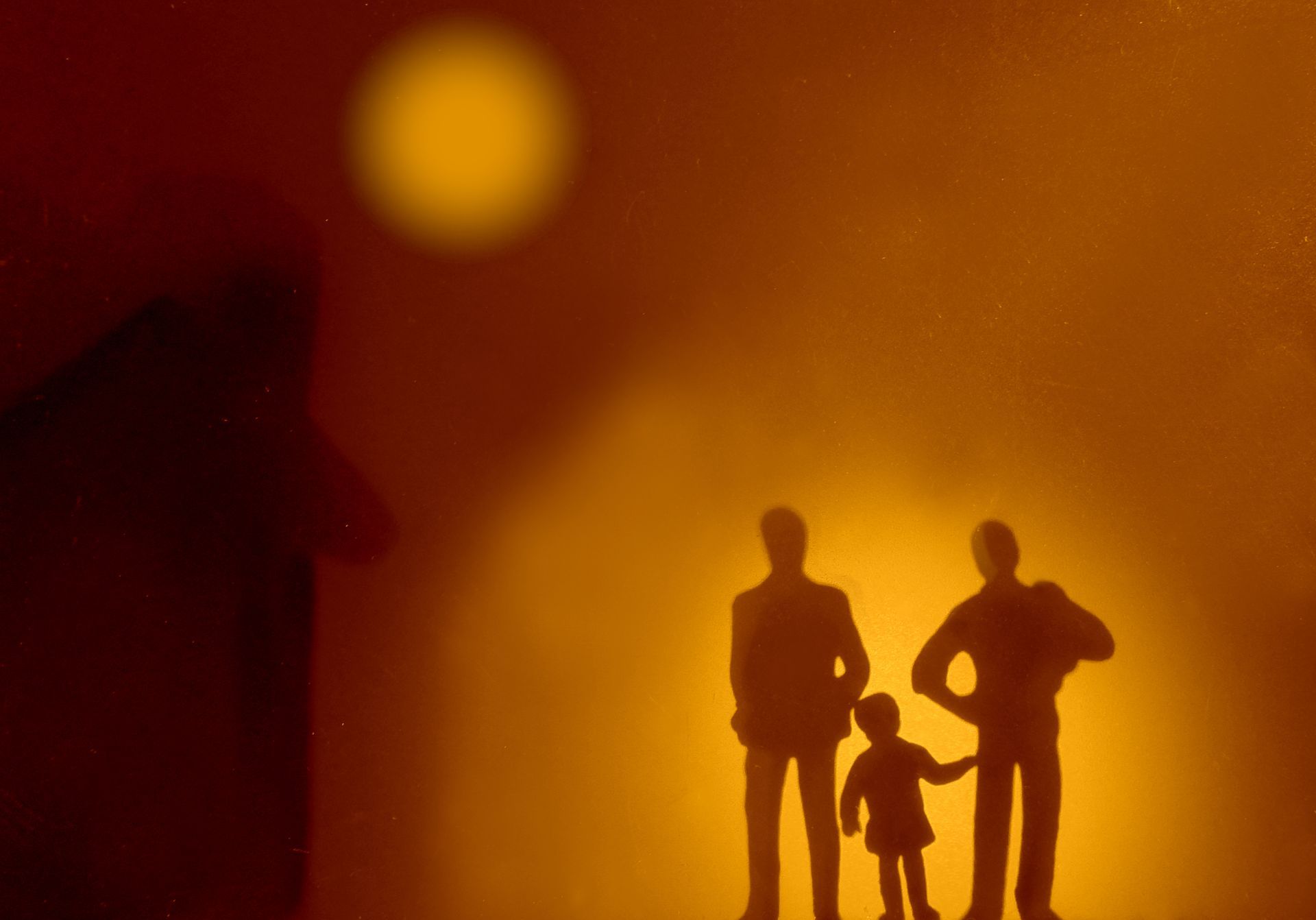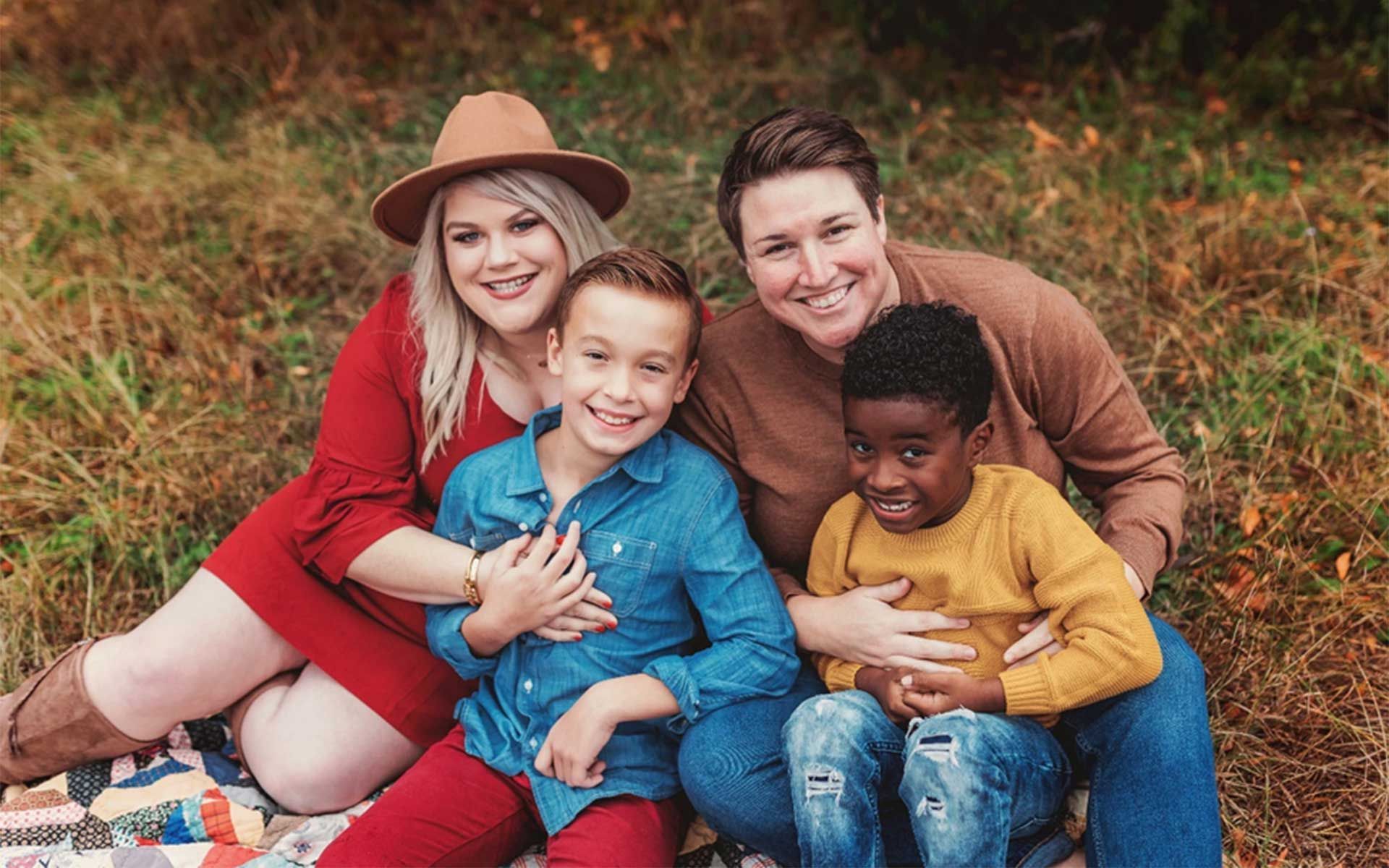November - National Adoption Awareness Month
November is National Adoption Awareness Month, which is intended to raise awareness about the need for foster families to adopt children out of the foster care system. According to Adoption and Foster Care Analysis Reporting System (AFCARS), over 672,000 were involved with the United States child welfare system in 2020 and an average of 424,000 children were in United States foster care on any typical day.
When families are in crisis, children and youth who are removed from these families for their own protection often find a loving home with a foster family. For too many others, the child welfare system simply doesn’t work. They wind up in placements that are not supportive or are shuffled from home to home, and never experience the love and support that can make or break their life. Throughout a child’s time in foster care he or she may find their forever family and become adopted, but sadly, some foster children are unable to find their forever family and will end up aging out of the system. In addition, those who have been fortunate enough to be adopted will sometimes disrupt from their families end up back in the foster care system.
Many people believe that the majority of children in the foster care system are typically quite young and are unaware that the average age of a child entering foster care in the United States is actually between 7-8 years old. The average foster child spends between 1 to 2 years in the foster care system while five percent of them remain in care for five or more years. There are also children who have spent most or sometimes all of their lives in the system and “age out” of foster care, meaning they never found a permanent family and were released into the world alone when they turned 18 years old. When they age out of the system they are often ill equipped to navigate a successful path to a self-sufficient and independent adulthood. They then become vulnerable to homelessness, human trafficking and a host of other threats and obstacles that threaten their well-being and future happiness. These kids are much more likely to suffer from mental illnesses and/or experience homelessness, unemployment and/or incarceration. While 7.6% of the general population in the United States suffers from Post-Traumatic Stress Disorder (PTSD), a disturbing 30% of adults who spent time in foster care as a child suffer from the disorder. The surge is the same for anxiety disorders as well. Studies have shown that foster youth who do not receive the proper care from a permanent family and/or mental health professionals are at a higher risk of growing into traumatized adults. According to the U.S. Administration for Children and Families (ACF) by age 21, at least 26% of young people who aged out of foster care in the United States experienced a period or more of homelessness; a third lacked a high school diploma; and 25% had no health insurance. One fourth of these youth had already fathered or given birth to a child, which inevitably continued the cycle, with many of their children ending up in the foster care system as well.
While babies and younger children are often adopted out of foster care rather quickly, once a child reaches 8 years old, their chances of being adopted drop significantly, and once they reach their teenage years they are even less likely to be adopted. As stated earlier, the average age of a child in foster care is 7-8 years old, which creates an extreme need for foster families who are willing to adopt older children, provide them with a loving, nurturing home and truly make a difference in their lives by becoming their forever family.
There are many reasons why it is difficult for agencies like Kids Count Too to find families willing to adopt older children. Many of these kids who are waiting to be adopted may already have the feelings of being rejected, they are set in their ways and are hesitant to trust a new family. These feelings sometimes show up as different types of behaviors from children that foster parents are not willing to, or are unable to deal with. Adopting an older child requires an abundance of patience as well as the willingness to provide for all of the services the older child may need to flourish and become a happy, productive and successful member of society.
Many families don’t consider adoption because of the costs that they believe come with it, however when you adopt a child from the foster care system there are little to no costs involved, and you will more than likely qualify for an adoption subsidy once the adoption is finalized. In the state of Ohio there are several state subsidy programs that provide financial assistance to families who adopt children from the foster care system. Some of these programs have been developed to provide one-time assistance to help pay for the process of the adoption while others provide ongoing financial support to assist adoptive families in providing any and all of the services the adoptive child will need until they turn at least 18 and in some situations until they are 21. Kids Count Too will be there to assist you in determining which subsidies you and your adopted child will be eligible for and help you to fill out the subsidy applications and work with county agencies to obtain as much financial assistance as possible. In addition, if a child is 13 or older when adopted from foster care, they are considered to be an independent student by the Federal Government. This means they do not have to include family income on the FAFSA and are more likely to qualify for both governmental financial aid as well as aid through the university in which they are applying to.
The need for dedicated, quality foster families has never been a great as it is today. There are a significant amount of children in the foster care system currently waiting to find their forever family. If you have ever considered becoming a foster and/or adoptive parent and are interested in making a life changing difference to a child in foster care, please reach out to Kids Count Too and we will be there to assist and support you through every step of your foster care and adoption journey.











